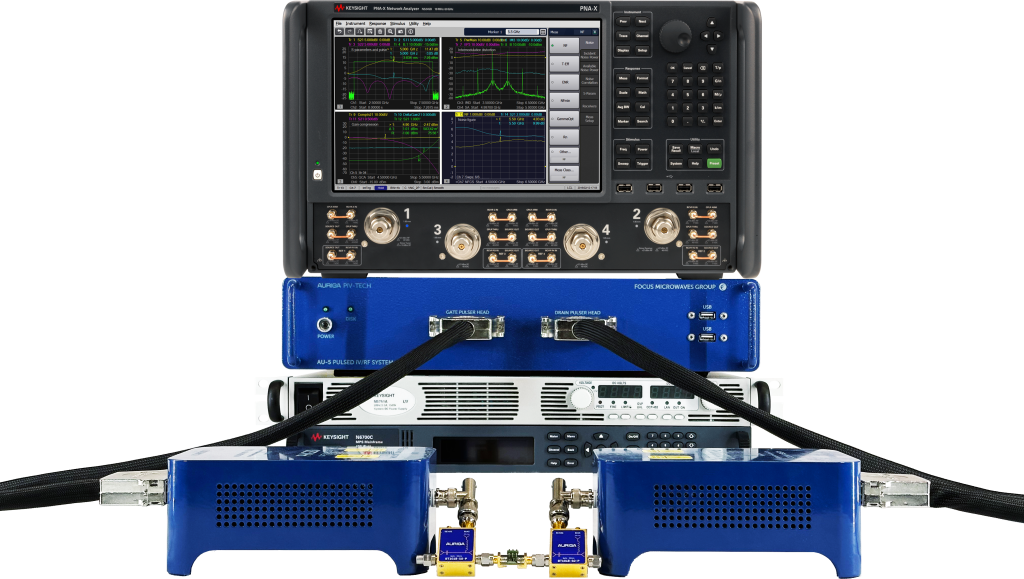Focus Microwaves - Auriga TRI-STATE PIV 220V
- 3 Measurement States; Quiescent (OFF-State), Non Quiescent (ON-State), and Pre-State
- The Pre State is a short high voltage state used to activate the traps in the semiconductor.
- Adjustable delay (Δt) between the Pre state and Non Quiescent state down to 0s.
- Independently adjustable timing settings for the Three-state gate pulser and drain pulser
- Easy Integration into existing mainframes
Due to the asymmetry in the time constants associated with capture and release of charges in “traps,” in GaN devices, a conventional pulsed characterization is not sufficient in order to keep both the thermal and trapping states fixed. To keep the trap state constant for a conventional PIV characterization a tri-state control of the standard pulses is developed where both at the gate and drain side a third state is excited just before the main pulse which acts as a pre-pulse.
Traditional Pulsed IV systems are comprised of two pairs of power supplies used for the Quiescent and Non Quiescent states. Focus now offers a new TRI-State pulse system which includes a third pair of power supplies allowing the user to create a Pre-Pulse state.
Nonlinear charge trapping effects have puzzled designers for years and the standard two state pulse systems are insufficient to fully characterize memory effects for the GaN FETs.
Focus’ TRI-State Pulsed IV system offers not only an efficient isothermal measurement condition, but also allows the user to control and characterize various charge trapping states.
Tri-state Pulser

Setup Comparison



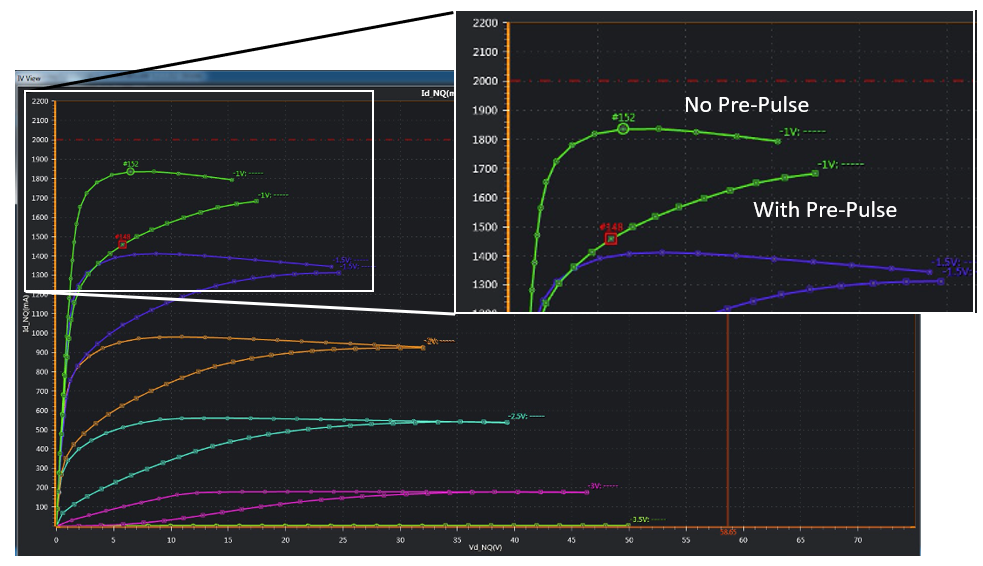
More Product Information
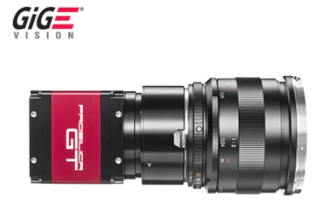
-
Type APS-H CMOS sensor
-
IEEE 1588 PTP
-
Power over Ethernet
-
4.59 fps at full resolution
-
Monochrome (GT5120) model
-
GigE Vision interface with Power over Ethernet
-
Screw mount RJ45 Ethernet connector for secure operation in industrial environments
-
Supports cable lengths up to 100 meters (CAT-6 recommended)
-
Trigger over Ethernet Action Commands allow for a single cable solution to reduce system costs
-
Comprehensive I/O functionality for simplified system integration
-
Planarity adjusted (PA) EF Lens Mount (option -18) for electronic control of aperture and autofocus
-
Easy camera mounting via standard M3 threads at all sides and 1/4-20 tripod mounting hole
-
Easy software integration with Allied Vision's Vimba Suite and compatibility to the most popular third party image-processing libraries.
-
Enhanced Defect Pixel Correction feature with a new Defective Pixel List Manager tool that allows you to load different user defined defective pixel lists to match your application and optimize the life cycle of the camera
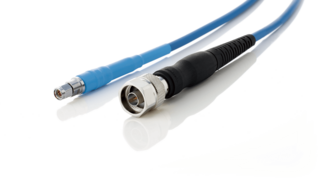
Our 1 Series cable assembly lineup features heat-resistant types that can be used in a wide continuous operating temperature range (-65 to +125°C) in microwave measurement environments, alongside durability-focused types with a dramatically improved mechanical life based on a cabling structure cultivated through developing robot cables.
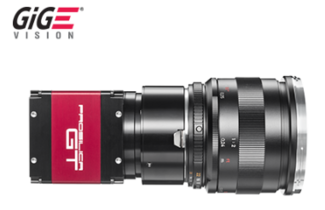
-
Type APS-H CMOS sensor
-
IEEE 1588 PTP
-
Power over Ethernet
-
4.59 fps at full resolution
-
Extended near-infrared (GT5120NIR) model
-
GigE Vision interface with Power over Ethernet
-
Screw mount RJ45 Ethernet connector for secure operation in industrial environments
-
Supports cable lengths up to 100 meters (CAT-6 recommended)
-
Trigger over Ethernet Action Commands allow for a single cable solution to reduce system costs
-
Comprehensive I/O functionality for simplified system integration
-
Planarity adjusted (PA) EF Lens Mount (option -18) for electronic control of aperture and autofocus
-
Easy camera mounting via standard M3 threads at all sides and 1/4-20 tripod mounting hole
-
Easy software integration with Allied Vision's Vimba Suite and compatibility to the most popular third party image-processing libraries.
-
Enhanced Defect Pixel Correction feature with a new Defective Pixel List Manager tool that allows you to load different user defined defective pixel lists to match your application and optimize the life cycle of the camera
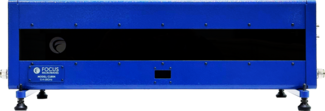
Discover Focus Microwaves' wideband fundamental tuners. The C-Series (Computer-Controlled Microwave Tuners) feature one to three wideband probes, enabling exceptionally broad frequency coverage—ideal for high-power and wideband noise applications.
Designed for precision, the tuner's long-lasting RF probes ensure optimal tuning accuracy while eliminating spurious resonances. The integration of multiple probes within a single tuner provides ultra-wideband coverage, making it a versatile solution for demanding RF applications.
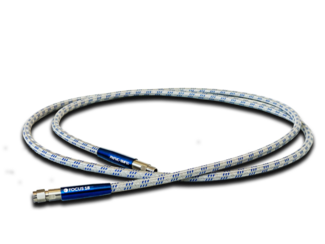
The Focus Phase Stable Cable is an advanced RF cable designed for superior performance and reliability in demanding applications. Engineered with meticulous attention to detail, this cable features high-quality materials and precise manufacturing standards to ensure exceptional phase and amplitude stability, low insertion loss, and robust environmental resistance. Suitable for a wide frequency range from DC to 110GHz, it is ideal for applications requiring stable electrical performance under dynamic conditions.
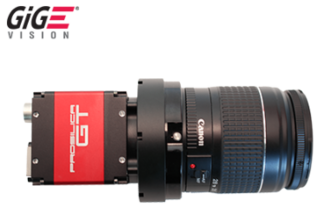
-
Versatile temperature range for extreme environments
-
IEEE 1588 PTP
-
Power over Ethernet
-
EF lens control
-
Monochrome (GT1930L) and color (GT1930LC) models
-
GigE Vision interface with Power over Ethernet
-
Screw mount RJ45 Ethernet connector for secure operation in industrial environments
-
Supports cable lengths up to 100 meters (CAT-6 recommended)
-
The Sony IMX174 Exmor is a high sensitivity CMOS sensor
-
Trigger over Ethernet Action Commands allow for a single cable solution to reduce system costs
-
Comprehensive I/O functionality for simplified system integration
-
Planarity adjustable (PA) EF Lens Mount for electronic control of aperture and autofocus
-
Easy camera mounting via standard M3 threads at all sides and 1/4-20 tripod mounting hole
-
Easy software integration with Allied Vision's Vimba Suite and compatibility to the most popular third party image-processing libraries.
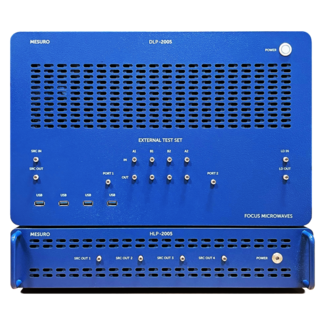
Focus Microwaves' DLP (Dynamic Load Pull) is a cutting-edge platform for active load pull measurements, optimized for accuracy, speed, and reliability. Supporting frequencies up to 40GHz and beyond, it offers a versatile solution for CW and pulsed signal applications. The DLP enables fundamental and harmonic tuning, time domain measurements, and advanced behavioral modeling. With integrated options for DC IV and pulsed IV measurements, this one-box system is ideal for all stages of device characterization and testing, from initial development to final product testing. Its intuitive interface and industry-leading calibration techniques ensure precise and efficient measurements.
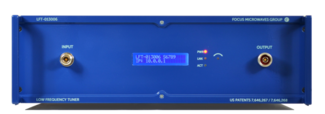
The Low Frequency Tuner (LFT) is a unique product technology using M algorithms for low frequency wideband tuning. Three or more cascaded tuning sections use series transmission cables and parallel rotary capacitors. The length of the cables and number of tuning sections are optimized for maximum tuning range over a given bandwidth. HLFT tuners use 6 tuning sections allowing second harmonic frequency tuning.
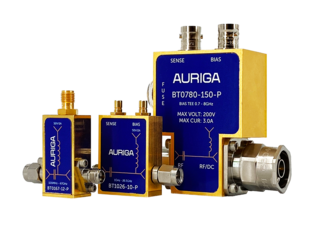
Auriga’s Bias Tees balance impressive RF performance with heavy-duty power handling across multiple frequency bands ranging from 0.1 GHz to 67 GHz. They are designed for rigorous usage without sacrificing RF performance.
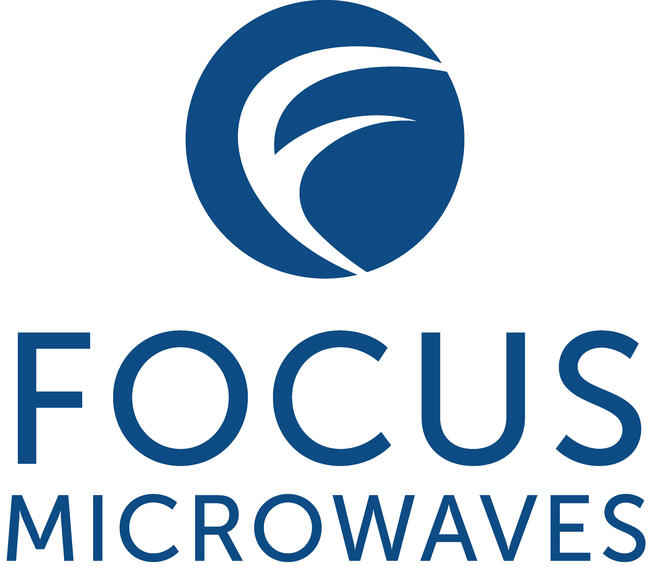
Focus Microwaves
Focus Microwaves is a pioneering engineering company, built around the innovations of its founder Dr. Christos Tsironis who developed his first manual tuner in 1973 and is the inventor of most existing electro-mechanical tuner families. The success of Focus is based on the engineering and manufacturing skills of its highly motivated and experienced team of engineers and technicians, who have been trained and encouraged to develop new technologies. In addition, listening to our customers needs and insights helps us discover and develop new and measurement methods on an ongoing basis, relentlessly pushing the limits of what is possible.
From humble beginnings in 1988, Focus has become the main supplier of advanced Load Pull and Noise Tuner Systems. Our mission is to provide effective, reliable and innovative solutions for non-50 Ohm testing (Noise and Load Pull) of RF microwave transistors, thus enabling our customers to compete in the marketplace with better designs and to advance the understanding and knowledge of the field.
Contact Details
Focus Microwaves Inc. Main Head Office
4555 Chem. du Bois-Franc, Saint-Laurent, QC H4S 1A8, Canada
Phone: +1-514-684-4554
Test & Measurement
